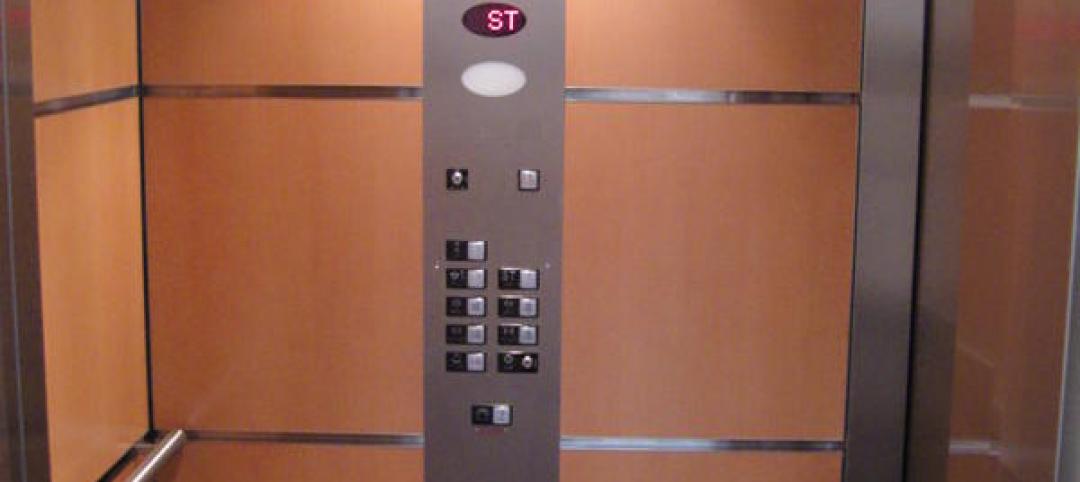The U.S. Department of Energy’s (DOE’s) National Renewable Energy Laboratory (NREL) has expanded its collaboration with Alaska’s Cold Climate Housing Research Center (CCHRC).
“The Arctic environment, with its high cost of energy in remote communities and challenging climates, provides a strategic platform for NREL’s research into renewable power, sustainable transportation, energy efficiency, and energy systems integration,” NREL says. Based in Fairbanks, Alaska, CCHRC has designed energy efficient, healthy homes in some of the harshest conditions on Earth.
Temperatures in the Fairbanks area range from minus 50 degrees to 80 degrees Fahrenheit each year. NREL and CCHRC have complementary research capabilities—whole-building energy use, building energy system integration, health and indoor air quality, and energy technology design and deployment in extreme and rural environments.
NREL’s 10-year strategy includes a focus on Integrated Energy Pathways, an expanding research area that guides solutions to enable the efficient and reliable operation of our future energy system. “The expanded collaboration between the National Renewable Energy Laboratory and the Cold Climate Housing Research Center will allow us to test the resiliency and reliability of energy-efficient and renewable energy technologies in extreme weather conditions,” said Daniel R. Simmons, assistant secretary for the office of energy efficiency and renewable energy.
Related Stories
| May 3, 2012
Green-roof requirement now includes industrial facilities in Toronto
A mandate that requires installation of green roofs on new commercial and residential buildings in Toronto has been expanded to include industrial facilities.
| May 3, 2012
Innovative wastewater treatment helps achieve LEED rating
LEED for New Construction, Neighborhood Development and the LEED Volume Program offer some ways to achieve LEED points when dealing with wastewater treatment.
| Apr 26, 2012
Lack of bolts on steel support caused collapse at Cincinnati casino
Too few bolts connecting horizontal steel support beams with vertical steel columns was the cause of January’s construction accident at Horseshoe Casino Cincinnati, according to the report of the Occupational Safety and Health Administration.
| Apr 26, 2012
OSHA criticized for taking too long to roll out safety rules
The Occupational Safety and Health Administration takes far too long to adopt new safety regulations compared to other agencies’ development of rules, safety experts said during a Senate hearing.
| Apr 26, 2012
Contractors fear that GSA scandal will lead to fewer federal construction contracts
In the wake of the recent scandal at the General Services Administration in which workers spent lavishly at a Las Vegas conference, a spokesman for Associated General Contractors of America said contractors are worried the scandal will result in cuts to GSA's construction and renovation budgets.
| Apr 26, 2012
Developers can use LEED wastewater credits to help gain approvals in environmentally sensitive locales
Those wanting to pursue development in heavily regulated and environmentally sensitive areas are benefiting by designing projects that qualify for LEED points, even if the project as a whole does not achieve certification.
| Apr 26, 2012
New York City Council moves to license elevator mechanics
New York’s City Council introduced a measure last week that would require the city’s 7,000 elevator mechanics to meet national standards and be licensed by the city.
| Apr 23, 2012
AAMA releases updated specification for anodized aluminum
AAMA 611-12 describes test procedures and requirements for high performance (Class I) and commercial (Class II) architectural quality aluminum oxide coatings applied to aluminum extrusions and panels for architectural products.















